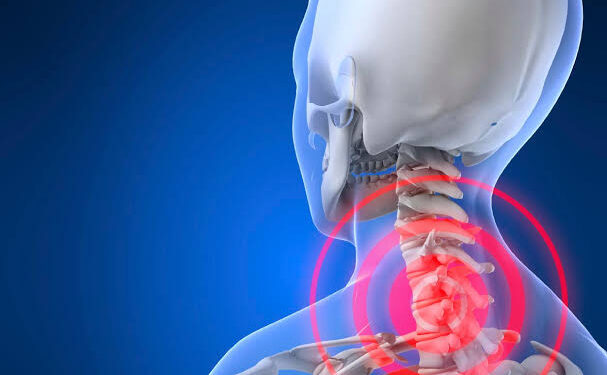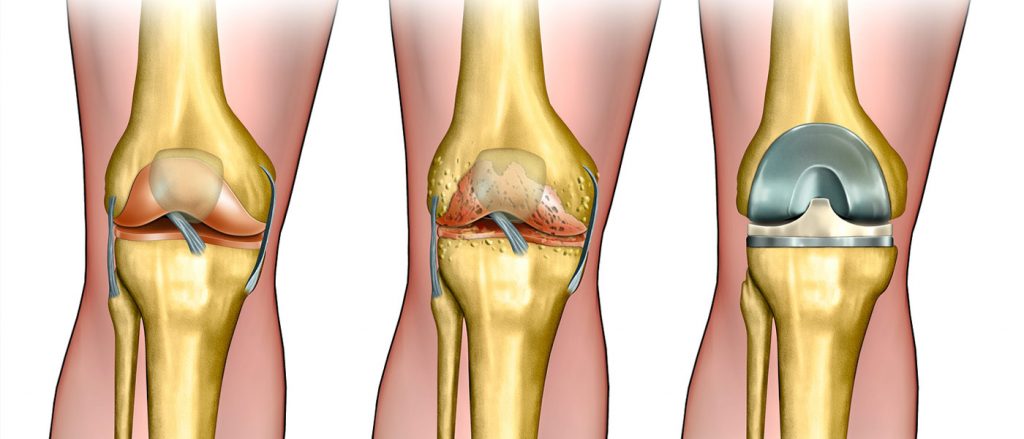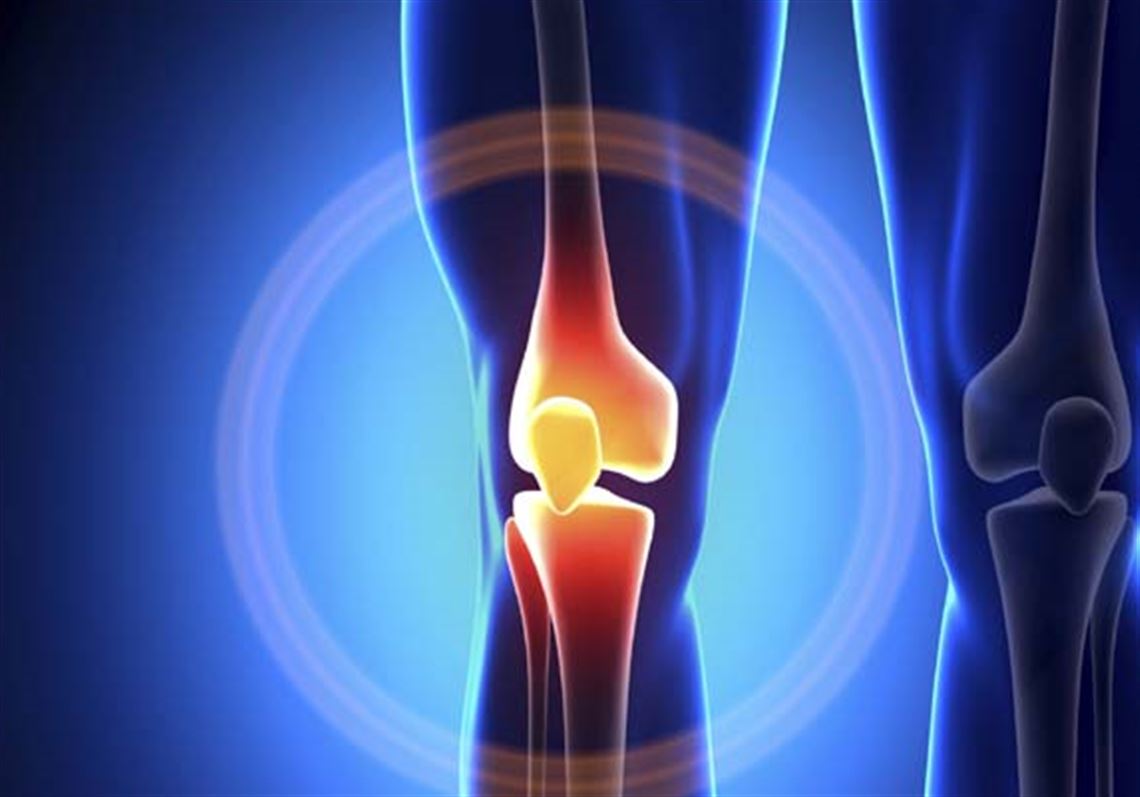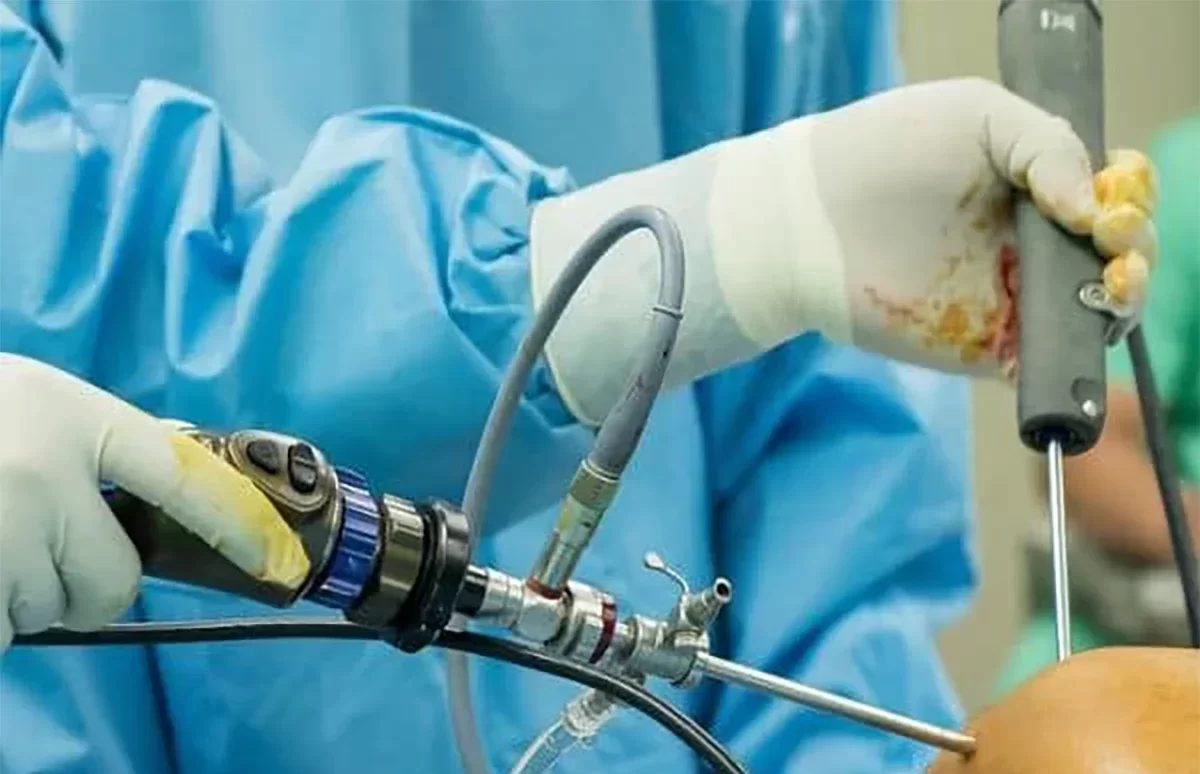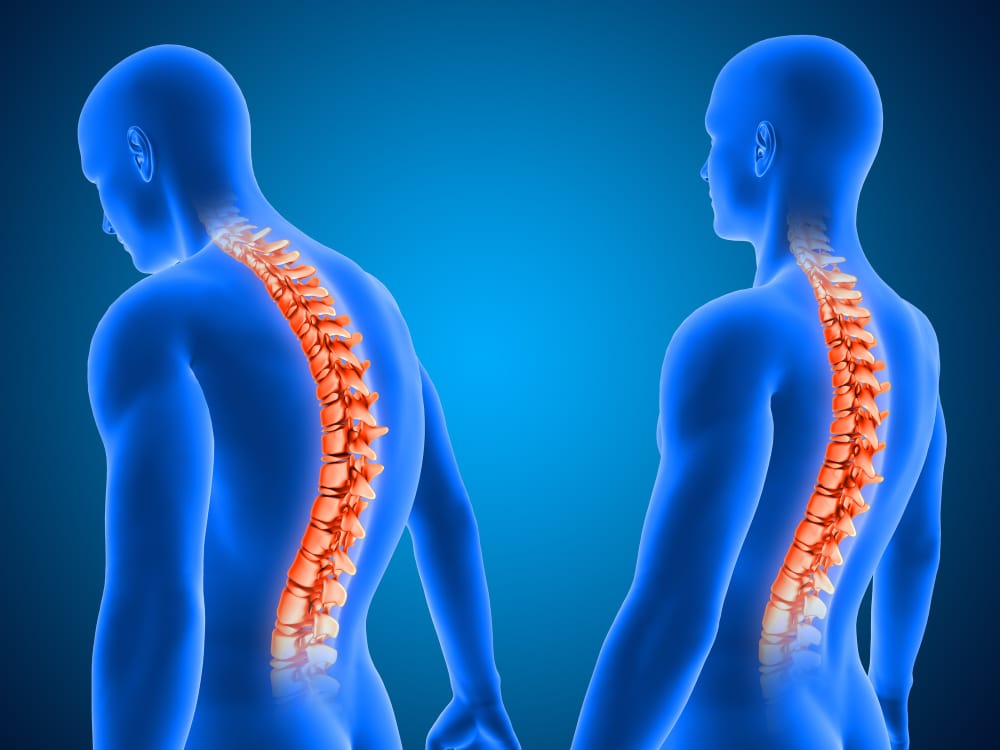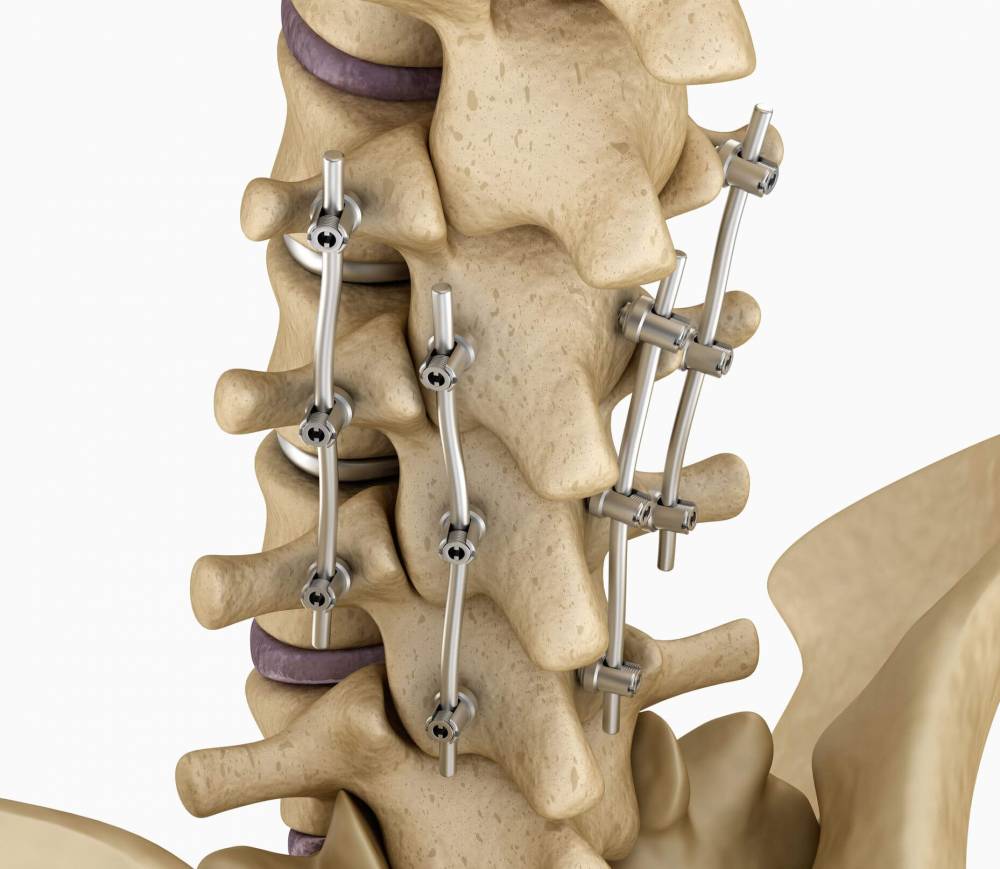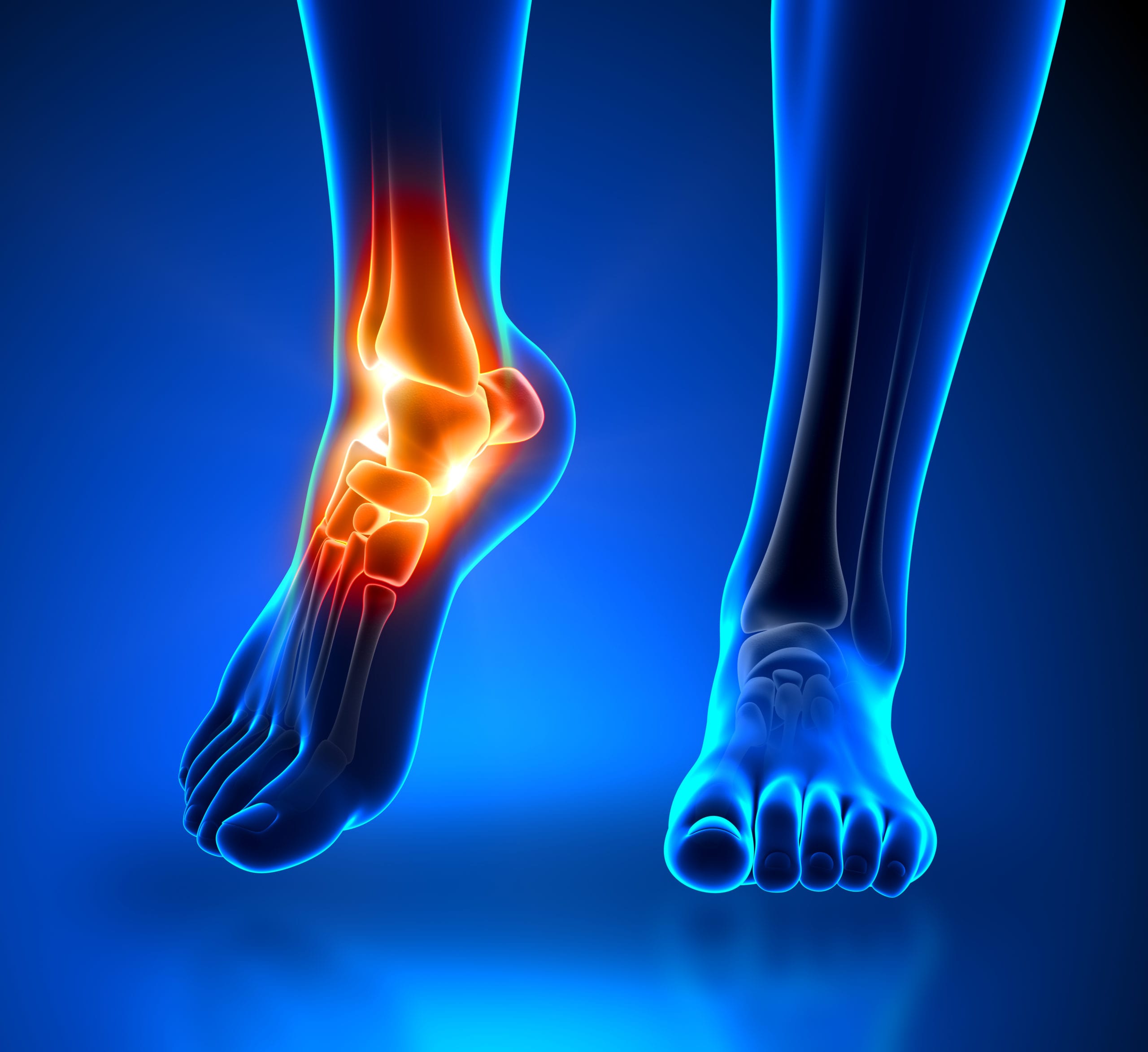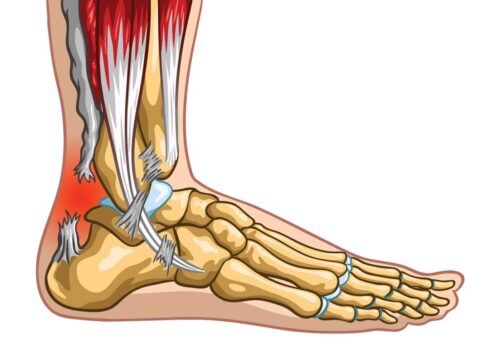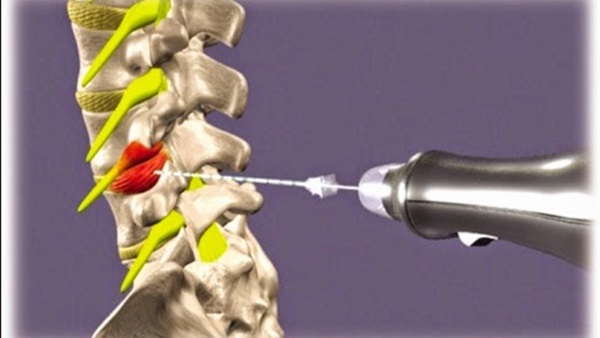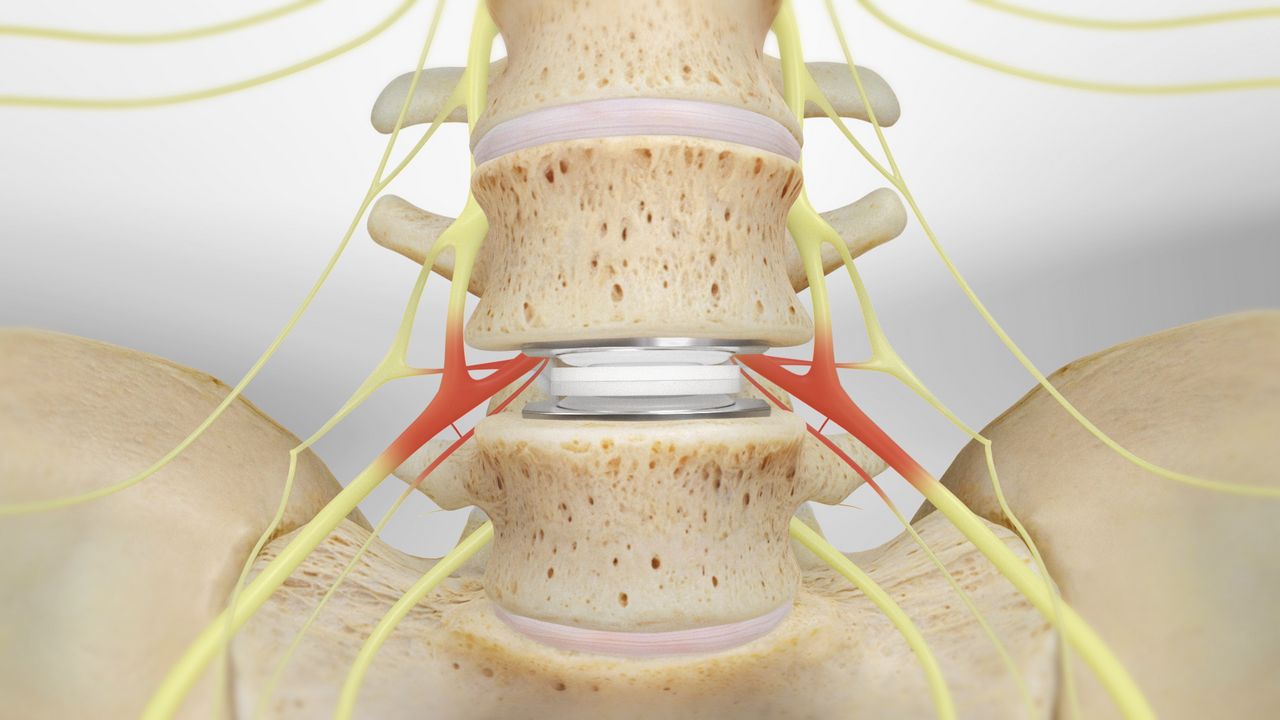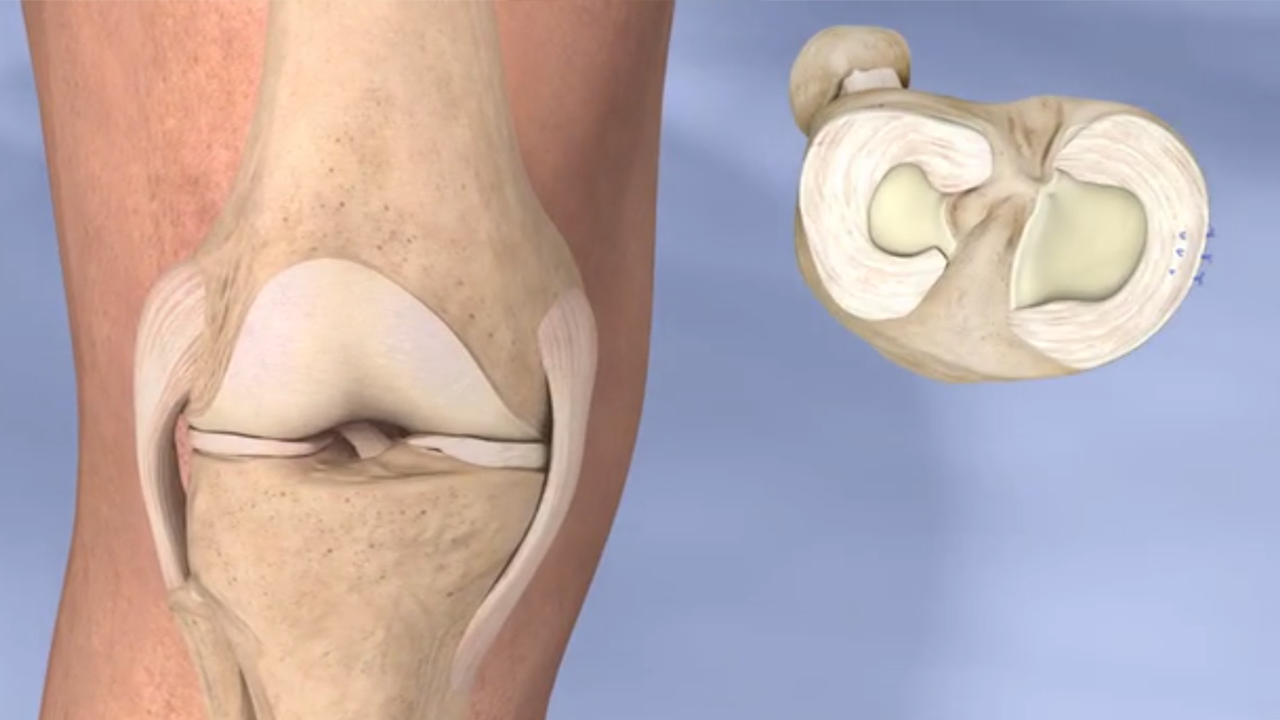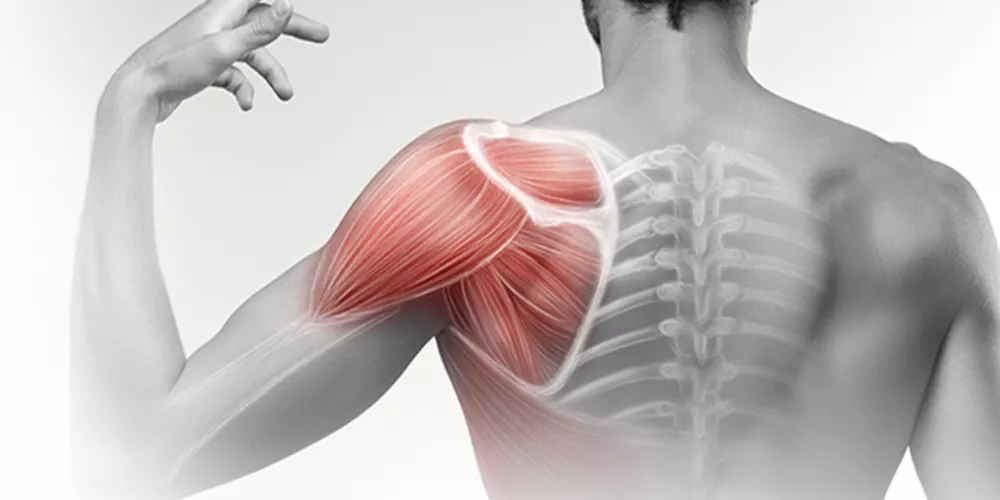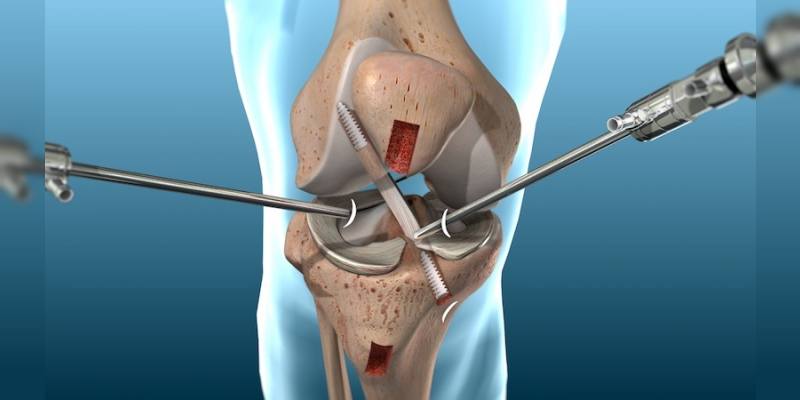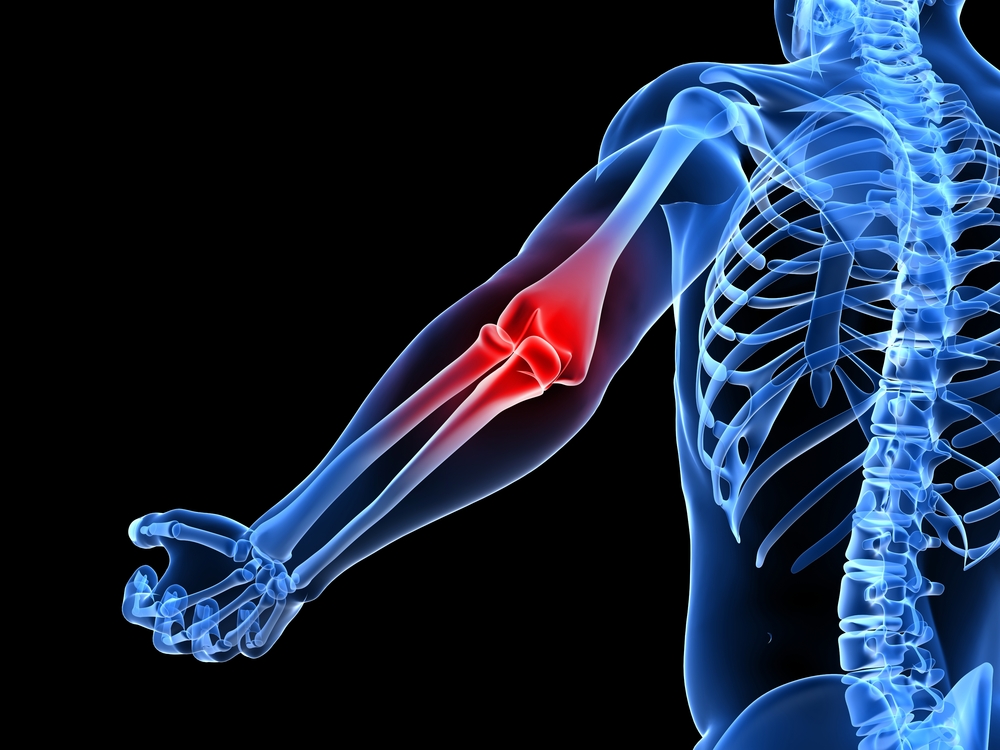Shoulder Stabilization Surgery
Shoulder Stabilization Surgery, Shoulder pain is one of the most common types of pain people experience, often resulting from weak shoulder muscles or sports injuries. When it comes to recovery, some individuals may require shoulder stabilization surgery. In this article, we will discuss everything about it in detail, starting from what shoulder stabilization surgery is to preparing for the surgery and available treatments afterward. Let’s get started!

Shoulder Stabilization Surgery
Shoulder stabilization surgery is a surgical procedure aimed at stabilizing a damaged shoulder in cases of instability and dislocation. Dislocation can occur due to sports injuries or everyday accidents, leading to severe pain and swelling in the joint. The procedure involves the insertion of an instrument that penetrates the skin to access the shoulder, repositioning the bone, and securing it in place usually using plates and screws. This procedure can be done under general or local anesthesia and may take several hours.
Many individuals can return to work and daily activities within a few weeks after the surgery, with the help of physical therapy. There may be some side effects of the surgery, such as the risk of joint inflammation and the possibility of the shoulder’s cartilage slipping again. However, shoulder stabilization surgery is generally considered safe and effective in treating cases of instability and recurrent dislocation.
Imagine life without pain, imagine moving without difficulty. With Dr. Amr Amal, this is possible! We offer the best orthopedic surgery solutions.
How Do I Know If My Shoulder Is Dislocated?
Shoulder stabilization surgery is an important surgical procedure performed under complete medical care. Some individuals may suffer from shoulder dislocation, which occurs when the bones of the shoulder joint move out of their position. The person can check for shoulder dislocation by experiencing certain symptoms, including swelling or deformity in the shoulder bones or an inability to lift the shoulder.
Some symptoms that may occur after dislocation include severe pain and limited arm movement, as well as an increased susceptibility to future injuries. Therefore, it is necessary to seek the necessary medical services when experiencing any uncomfortable symptoms.
Most often, shoulder dislocation can significantly impact a person’s life, making it difficult to perform some routine daily activities. Therefore, it is advisable to maintain a healthy lifestyle and a proper diet to promote healing and improve overall health. Contact a doctor immediately if there are any unusual symptoms after shoulder dislocation treatment or if the shoulder does not improve after a reasonable period.

Arthroscopic Shoulder Stabilization
We offer you the optimal solution for shoulder joint problems with the expertise of Dr. Amr Amal through arthroscopic shoulder stabilization.
Arthroscopic shoulder stabilization is a surgical procedure performed to repair a dislocated shoulder by having the patient seated in an upright position on a chair specially equipped for shoulder arthroscopy. Special instruments (arthroscope) designed to image the joint’s surroundings guide the surgeon during the procedure. Screens in the operating room are used to monitor the procedure’s progress through the arthroscope.
The arthroscopic shoulder stabilization procedure involves several steps. After considering the patient’s condition and the strength and activity of the shoulder muscles, the surgery proceeds as follows:
- The ends of the muscles are retracted to remove the blockage, and screws and pins are implanted in the bone.
- The joint is accessed through small incisions in the skin around the shoulder.
- The joint is repositioned to its original location.
- The surgeon closes the incision by suturing it and applying medical dressings.
The patient is taken to the recovery room immediately after the surgery for examination to ensure the safety of their vital signs.
Although arthroscopic shoulder stabilization has a success rate ranging from 80% to 90%, it can be associated with some complications, such as inflammation resulting from the incision and delayed bone healing. However, these complications can be minimized by taking post-operative precautions and following the doctor’s instructions regarding physical exercises and treatment procedures.
What Are the Causes of Shoulder Dislocation?
There are several factors that can lead to shoulder dislocation, which restricts joint movement, increases the risk of joint separation, and causes pain for the affected individual. The causes of shoulder joint dislocation can include:
- Sports injuries.
- Violent falls on a hard surface.
- Electric shocks.
- Shoulder injury due to an accident.
Most often, the symptoms of the injury appear immediately after the incident, but they can gradually worsen. Therefore, early treatment can provide a better chance of recovery and returning to normal life without excessive pain or severe discomfort in the joint. People can start feeling a sense of recovery through a variety of treatments integrated into a suitable treatment program as prescribed by the doctor.
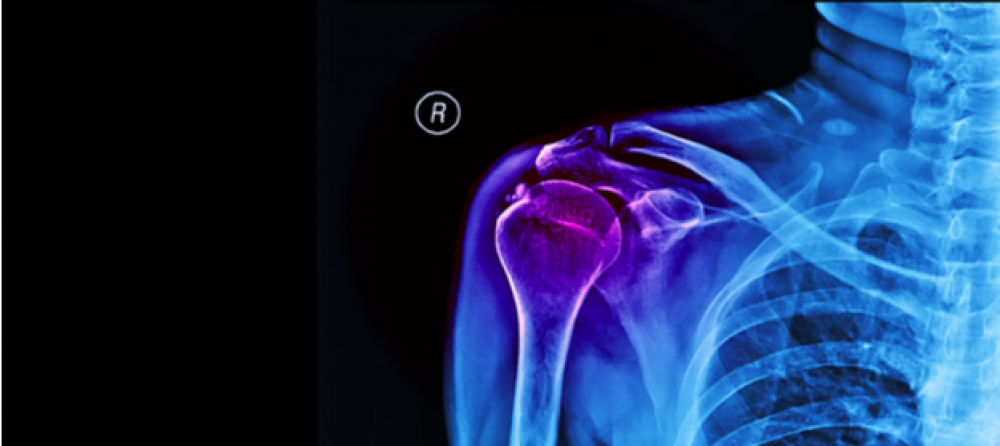
How Is Shoulder Dislocation Diagnosed?
Physical examination is the initial step taken by the specialist doctor to assess the extent of joint damage. The patient may be required to undergo shoulder joint X-rays and magnetic resonance imaging (MRI) to confirm the condition of the cartilage and tendons in the joint. Once the proper diagnosis is made, the patient can begin treatment accordingly.
Complications of Shoulder Dislocation
Shoulder dislocation can lead to complications, especially if complications begin to appear in the affected individual, resulting in severe pain. Some of the risks associated with shoulder dislocation include:
- Damage to the nerves in the area surrounding the joint.
- Chronic pain without relief from pain relievers.
- Recurrence of the injury over time.
- Weakening of the shoulder muscles.
- Chronic inflammation in the shoulder joint.
Early treatment can help the patient feel improvement over time, reduce the risk of complications resulting from shoulder dislocation, and avoid the difficulties associated with these complications that may be challenging to treat.
Non-Surgical Treatment for Shoulder Dislocation
Early treatment can allow the patient to experience improvement and provide a better chance of recovery and regaining comfort lost since the injury. There are several types of treatments for shoulder dislocation, including:
- Conservative Treatment: The patient may undergo conservative treatment, which aims to improve pain and restore the ability to lift heavy objects naturally. Important steps include using braces to stabilize the joint and using ice packs to reduce swelling.
- Medication: Various medications prescribed by a doctor can help alleviate the pain and restore the joint’s natural function. These medications may include pain relievers and anti-inflammatory drugs.
- Physical Therapy: Physical therapy is an important option in the case of shoulder dislocation. It helps improve the patient’s condition, restore joint function, and reduce pain. The patient can start physical therapy sessions after consulting with the treating physician.
Surgical intervention may be considered if the patient experiences minimal improvement, and other types of treatment show no significant effect. Surgery is usually considered after a period of undergoing physical therapy to ensure greater flexibility and readiness for the surgical procedure.

What Are the Symptoms of Shoulder Dislocation?
There are several signs by which one can identify a shoulder dislocation. Once the patient is properly diagnosed, treatment can begin promptly. Signs of shoulder dislocation may include:
- Pain in the shoulder that worsens over time.
- Difficulty using the joint.
- Swelling of the affected shoulder area.
- Increased pain when lifting heavy objects.
- Pain spreading throughout the entire shoulder joint.
Prompt diagnosis and treatment can greatly improve the patient’s condition, allowing them to return to their normal life and activities without experiencing excessive pain or discomfort in the joint. It is important for the affected individual to consult an orthopedic doctor if they experience these symptoms after sustaining a shoulder joint injury to avoid complications.
How is Shoulder Dislocation Surgery Performed?
“Let Dr. Amr Amal guide you step by step through the shoulder dislocation surgery process, and achieve exceptional lifelong results.”
Shoulder stabilization surgery is the surgical procedure used to repair a dislocated shoulder. The procedure is performed using arthroscopic surgery, where the surgeon uses small instruments to repair the joint.
Shoulder dislocation is a common injury, especially among teenagers and young adults, where pain occurs after the injury and may affect the entire shoulder’s range of motion. When a shoulder dislocation occurs, the doctor may stabilize the shoulder in the hospital by using arthroscopy to return the shoulder joint to its natural position.
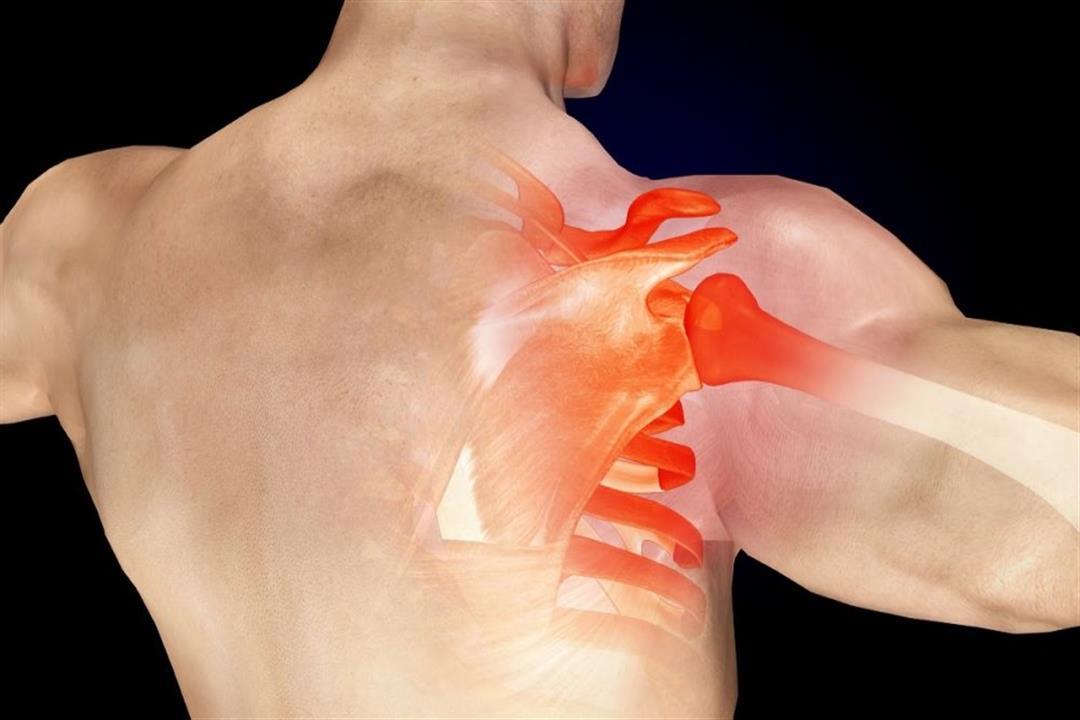
What to Expect After Arthroscopic Shoulder Surgery
After arthroscopic shoulder surgery, patients usually experience swelling and discomfort in the shoulder for several days or even a week following the surgery. To alleviate pain, ice packs or a Cryocuff can be used to control swelling. It is recommended to use them for 20 to 30 minutes several times a day and place a thin towel to protect the skin.
Upon leaving the hospital, the patient will be prescribed strong pain medications to manage pain. If the pain persists despite these medications, it is essential to contact the treating physician for alternative pain relief methods. Some patients find relief by lying down, and some may notice improved sleep after the surgery.
Arthroscopic shoulder surgery includes surgical repair of damaged tissues. Therefore, patients may experience shoulder swelling and mild muscle spasms during the recovery period. Patients will also need some gentle exercises to strengthen the muscles surrounding the shoulder and improve their range of motion. Complete recovery takes some time, and usually, people can return to work and daily activities after about 4 to 6 weeks post-surgery.
Steps After Shoulder Stabilization Surgery
The medical team will provide important instructions and guidelines for the patient to follow during the post-surgery period. The steps following the surgery may include:
- Adherence to prescribed pain relievers to reduce post-operative pain.
- Care to keep the dressings on the surgical wound clean and change them as needed.
- Discussion of dressing change schedules with the doctor, including bathing, typically two weeks after the surgery.
- Referral to a physical therapist to begin a rehabilitation program after shoulder stabilization surgery.
- The treating doctor will determine follow-up appointments after the surgery.

Tips for Post-Arthroscopic Shoulder Surgery
After undergoing arthroscopic shoulder surgery, it is essential to follow the necessary recovery and care steps to regain the health of your shoulder. Here are some tips to follow:
- The patient requires a recovery period ranging from one to six months.
- Swelling and discomfort in the shoulder can be expected for several days after surgery. Applying cold packs can help with this.
- Avoid excessive stress on the shoulder to improve the patient’s condition and reduce the risk of complications.
- Adhere to taking pain relievers and anti-inflammatory medications in the first weeks after surgery.
The patient should pay daily attention to the wound, avoid injuring the affected shoulder, and gradually resume routine activities. It is advisable to consult with the doctor before returning to sports activities. Following these tips will help reduce the risk of shoulder injuries. If you want more information regarding essential tips and instructions to follow after arthroscopic shoulder surgery, we recommend reading this article.
When Does Physical Therapy Start After Shoulder Stabilization Surgery?
Although it is essential to rest adequately and follow the doctor’s instructions after surgery, physical therapy begins gradually when the patient is allowed to perform specific exercises designed to restore the shoulder’s natural movement. This typically occurs within two weeks after the surgery.
What makes physical therapy more effective after shoulder stabilization surgery is its ability to activate movement and strengthen crucial muscles, thus enhancing the shoulder’s endurance and preventing potential joint problems in the future.
Patients should consult their doctor to determine the appropriate duration for post-surgery physical therapy based on their symptoms and response to treatment. Physical therapy sessions may start within a few weeks of the surgery but usually continue for several months until full recovery is achieved, and full shoulder movement is restored. If you want more details regarding the physical therapy program and rehabilitation after surgery, we recommend reading this article.

Success Rate of Shoulder Stabilization Surgery
Shoulder stabilization surgery is a common surgical procedure used to treat various shoulder problems. This surgery is particularly suitable for individuals who experience recurrent shoulder dislocations or have inadequate shoulder stability. The procedure can be performed using advanced surgical techniques, which are highly effective in improving patients’ health.
The success rate of shoulder stabilization surgery is very high, often exceeding 90%. Most patients who undergo this procedure experience significant improvements in their health and shoulder mobility. Additionally, the success rate of the surgery largely depends on the skilled hands of experienced surgeons performing the procedure. Ultimately, shoulder stabilization surgery is a significant surgical procedure that can help address various shoulder issues in individuals. It is generally safe and highly effective; however, it is essential always to gather the necessary information and consult with the surgeon to determine if this procedure is suitable for an individual’s specific health condition.
Dr. Amr Amal’s specialized surgical team in shoulder stabilization surgery is considered one of the best medical teams. With us, you will receive the personal and professional care you deserve.
Complications After Shoulder Stabilization Surgery
After undergoing shoulder stabilization surgery, individuals may experience some common and temporary complications during the recovery period. These complications may include:
- Swelling and pain in the stabilized shoulder, especially in the early post-operative stage. Ice and pain-relieving medications can help alleviate these symptoms.
- The surgery may affect shoulder movement and its ability to perform daily activities post-recovery. To minimize this risk, the patient should ensure they engage in necessary exercises to strengthen the shoulder after surgery.
- The patient may experience warmth, severe pain, or redness in the stabilized area.
- Infection may occur due to an infection in the wound, but this is rare.
These common symptoms may take several weeks to alleviate pain and swelling. However, they typically resolve spontaneously, and gradual improvement in movement and performance can be expected in the coming weeks. The patient should report any unusual symptoms to the treating physician.
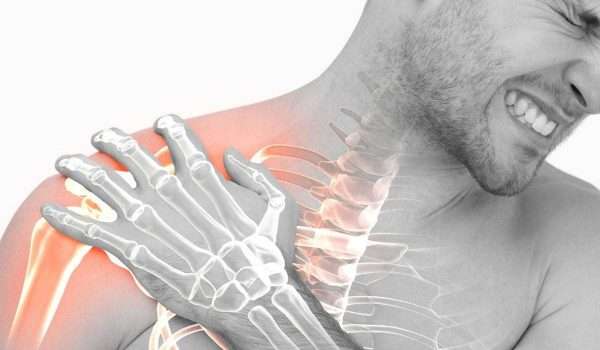
Is Shoulder Dislocation Surgery Serious?
Shoulder stabilization surgery is generally safe and successful in most cases, making it a good option for treating pain and joint instability. However, there can be risks associated with the procedure, and the success of this surgery depends on various factors such as the condition of the shoulder and the severity of the injury. Therefore, it is crucial to consult with a specialized doctor before undergoing the surgery and to follow a proper rehabilitation plan after the operation.
Additionally, anti-inflammatory and muscle-relaxant medications recommended by the treating physician can help alleviate pain, reduce shoulder joint inflammation, and promote better wound healing. If a patient experiences shoulder pain, a thorough medical examination and additional tests should be conducted to assess the shoulder’s condition and determine if surgery is necessary to treat their condition.
How Long Does Shoulder Stabilization Surgery Take?
Shoulder stabilization surgery aims to restore joint stability, reduce pain, and swelling. This surgery is often performed to treat dislocations, fractures, and joint wear and tear. The duration of shoulder stabilization surgery varies based on the patient’s condition and the type of surgery to be performed. In some cases, surgery can be done on an outpatient basis, and recovery may take only a few weeks. However, in other cases, surgery may require a more extended recovery period, and the use of a sling or brace may be necessary for an extended period.
Will the Shoulder Return to Normal After Dislocation?
Yes, after diagnosing shoulder dislocation, the symptoms accompanying the injury are evaluated. The affected area is examined to check for pain, swelling, and the presence of bone protrusions upon touch. Signs of nerve or vascular-related issues are also examined. X-ray imaging may be used to diagnose the dislocation and determine if there are broken bones or other damage to the shoulder joint.
Treatment for mild shoulder dislocations includes gentle shoulder movements to realign the shoulder bones. Pain and swelling, if present, may require the use of muscle relaxants or pain relievers. In some rare cases, dislocation treatment may involve using general anesthesia before repositioning the shoulder bones.
How Can I Sleep with a Dislocated Shoulder?
The seriousness of the pain resulting from shoulder tendon surgery is not to be underestimated, especially considering how it affects sleep quality. To alleviate pain and discomfort and ensure good sleep during the recovery period, several necessary measures can be taken. There are several steps you can follow to alleviate pain and discomfort during sleep:
- Use a pillow that supports your shoulder and keeps it in a stable position to prevent uncomfortable movements during sleep.
- Sleeping on your back is advisable. You can use a pillow to support the lower back, head, and neck for added comfort.
- Avoid exerting excessive stress on the body, maintain a straight posture, and avoid uncomfortable shoulder movements.
It’s important to consult your doctor regarding the proper sleeping position, considering the type of injury and surgery.
Best Doctor for Shoulder Stabilization Surgery
Shoulder stabilization surgery requires an experienced and skilled surgeon to ensure a high success rate. One of the outstanding orthopedic surgeons, especially in shoulder stabilization surgery, is Dr. Amr Amal. Dr. Amr is known for his excellent and patient-friendly approach, as he listens to his patients’ concerns and strives to find the best solution tailored to each individual’s condition. He utilizes the latest techniques and modern tools to perform the surgery and stays updated on various advancements in shoulder stabilization surgery.

